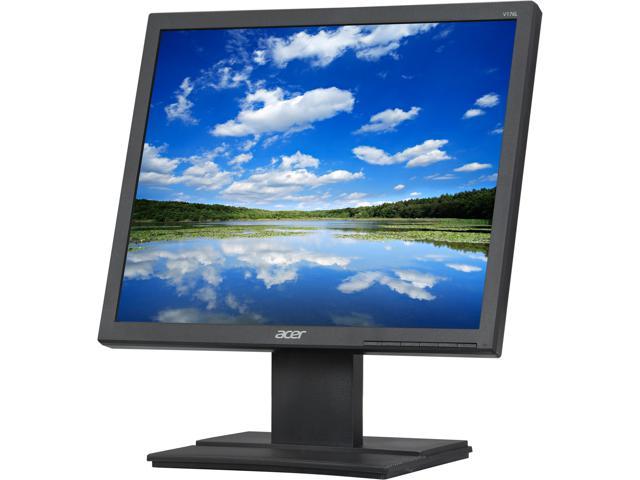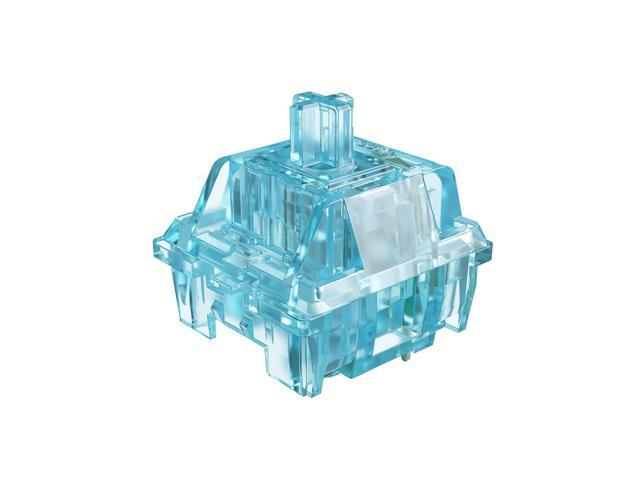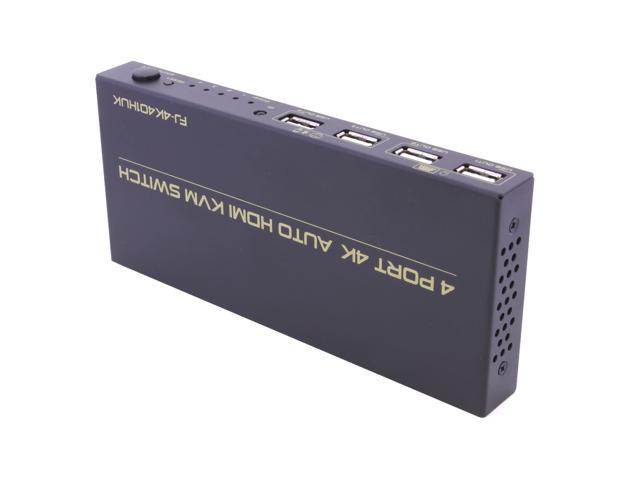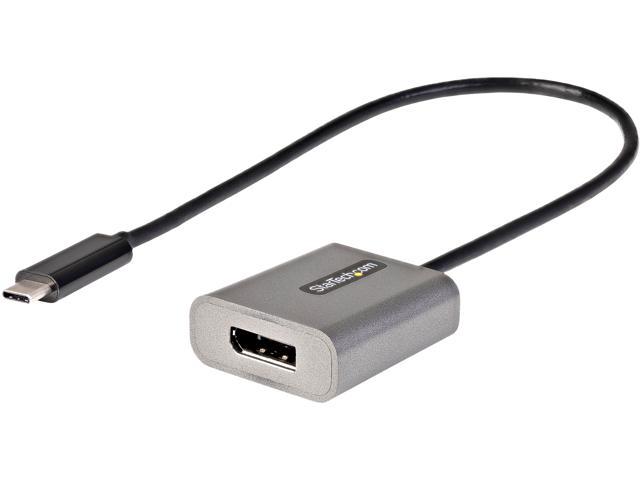As we continue to advance in exploring space frontiers, technology must also advance. The need for faster data recovery and data processing is crucial. In this, the less equipment used, and lighter that equipment is, the better. Because integrated circuits become more sensitive in high altitude, experimental verification and quantification is required. The Center for Applied Radiation Research (CARR) at Prairie View A&M University was awarded a grant by NASA to participate in the NASA ER-2 Flight Program, the APEX balloon flight program, and the Student Launch Program. These programs are to test anomalous errors in integrated circuits due to single event effects (SEE). CARR had already begun experiments characterizing the SEE behavior of high speed and high density SRAM’s. The research center built a error testing system using a PC-104 computer unit, an Iomega Zip drive for storage, a test board with the components under test, and a latchup detection and reset unit. A test program was written to continuously monitor a stored data pattern in the SRAM chip and record errors. The devices under test were eight 4Mbit memory chips totaling 4Mbytes of memory. CARR was successful at obtaining data using the Electronic TestBed System (EBS) in various NASA ER-2 test flights. These series of high altitude flights of up to 70,000 feet, were effective at yielding the conditions which single event effects usually occur. However, the data received from the series of flights indicated one error per twenty-four hours. Because flight test time is very expensive, the initial design proved not to be cost effective. The need for orders of magnitude with more memory became essential. Therefore, a project which could test more memory within a given time was created. The goal of this project was not only to test more memory within a given time, but also to have a system with a faster processing speed, and which used less peripherals.















